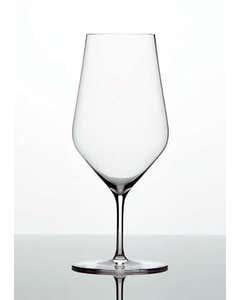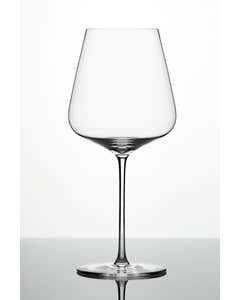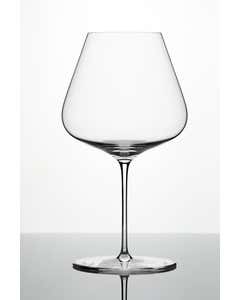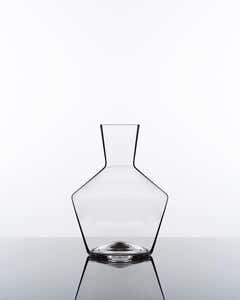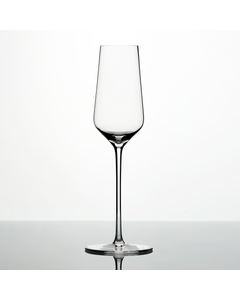There aren’t too many secrets left anymore in the world of wine. Alto Piemonte and Valtellina are two of them. When we think about Nebbiolo these days Barolo and Barbaresco are often top of mind, but there was a time when the center of Piedmont’s wine universe was in Gattinara and not in the Langhe. Further east, in Lombardy, the terraced vineyards of Valtellina are capable of yielding distinctive Nebbiolos rich with a sense of place. ANTONIO GALLONI
As the Nebbiolo craze gripping the world continues apace with the prices of its most famous expressions in Barolo and Barbaresco surging upwards, the canny consumer is looking further afield for expressions of the variety that can impart the same nuance, aromatic purity and structure for a fraction of the cost. As luck would have it the very success of the Langhe has emboldened producers in other zones that have long specailised in the variety to renovate and reinviogorate their vineyards and production methodology. The most exciting regions in recent times have been Alto Piemonte (which takes in several sub-zones including Gattinare, Ghemme, Lessona etc) about 150k's to the north of Barolo and Valtellina in the far north of Lombardy. The expressions are undoubtedly different to those of the Langhe versions but the keystone characteristics of the variety are there with subtle variations based on clones and terroir.
In the case of Alto Piemonte, the area was historically the powerhouse of nebbiolo production in Piemonte with over 40,000 hectares planted across the zone. The twin effects of phylloxera and the denuding of the workforce from regional areas post-war combined to decimate the region. So much so that the total vineyard area shrank to a paltry 1,500 hectares and the wines largely disappeared from world markets. That is until recently, where they have begun to rebuild their collective reputation as suppliers of some of the best nebbiolo made in the world. The expression is different though to those wines made in the Langhe and indeed, different from sub-zone to sub-zone as soil and exposition result in subtle textural changes. I have heard it said that Gattinara is the ripest and most approachable whereas Boca is more austere and linear and Ghemme falls somewhere in between. The other variant to consider is that nebbiolo from Alto Piemonte can often have other grapes blended into the final wine. Most commonly Vespolina and Croatina; the former bringing acid and red fruits while the latter is richer in dark fruit and chocolate.
The other emerging source for great nebbiolo is Valtellina. This is a drum we've been banging for a while now! This incredible area in the far north of Lombardy is fascinating and beautiful. The terraced vineyards run along the eastern side of the Sondrio valley ranging in altitude from 350 metres to over 550. Along the length of the growing area there are five small districts: Grumello, Sassella, Inferno, Valgella and Maroggia. Like Alto Piemonte the nebbiolo (known locally as Chiavennasca) in Valtellina is allowed to have a maxmum of 10% of other varieties added to the final blend. The style of wine is aromatic, lithe and supple and altogether less encumbered by agressive structure. Not to say they are devoid of tannins but its certainly less of a feature in the wines than in Barolo and Barbaresco.
For those who consider Nebbiolo as more of a drug than a wine then these are wines that you must get to know. They expand the expand the horizon of your nebbiolo journey!
Cheers
Michael McNamara



